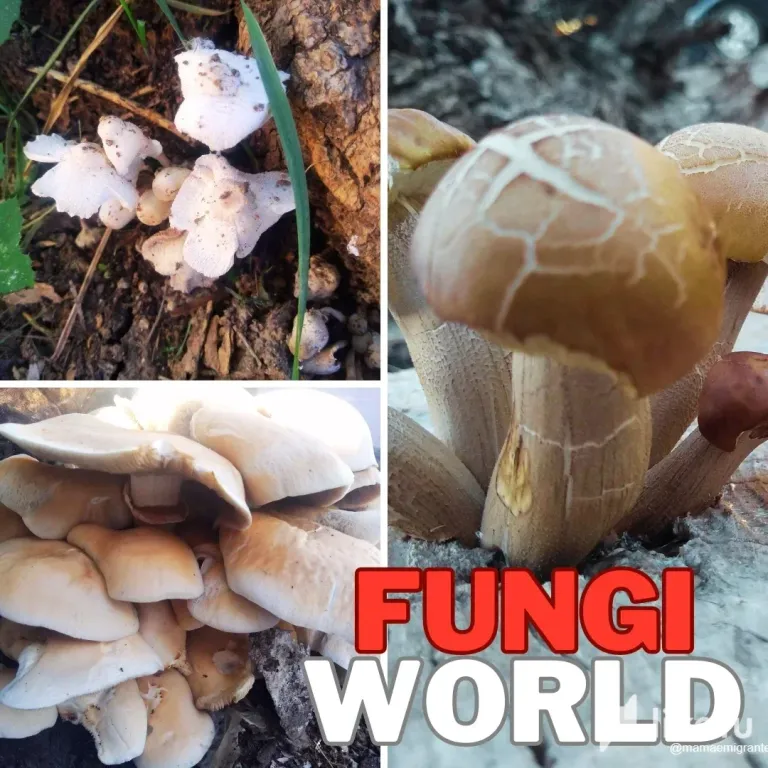
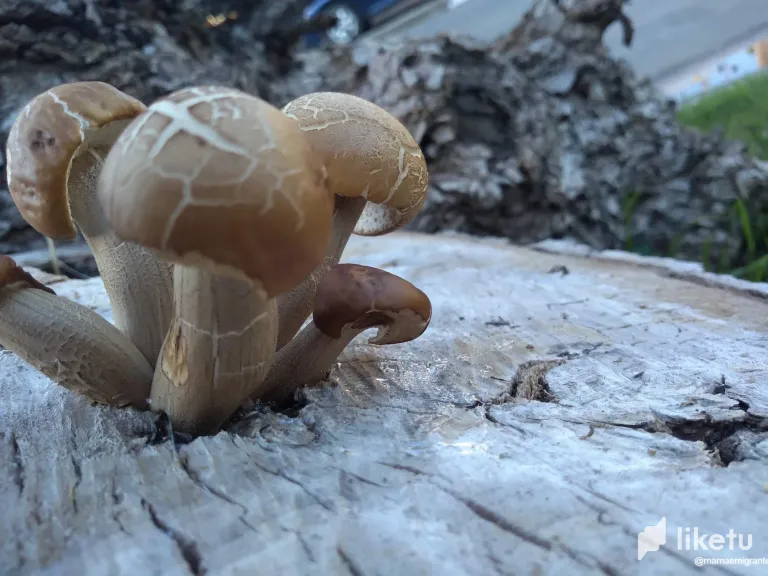
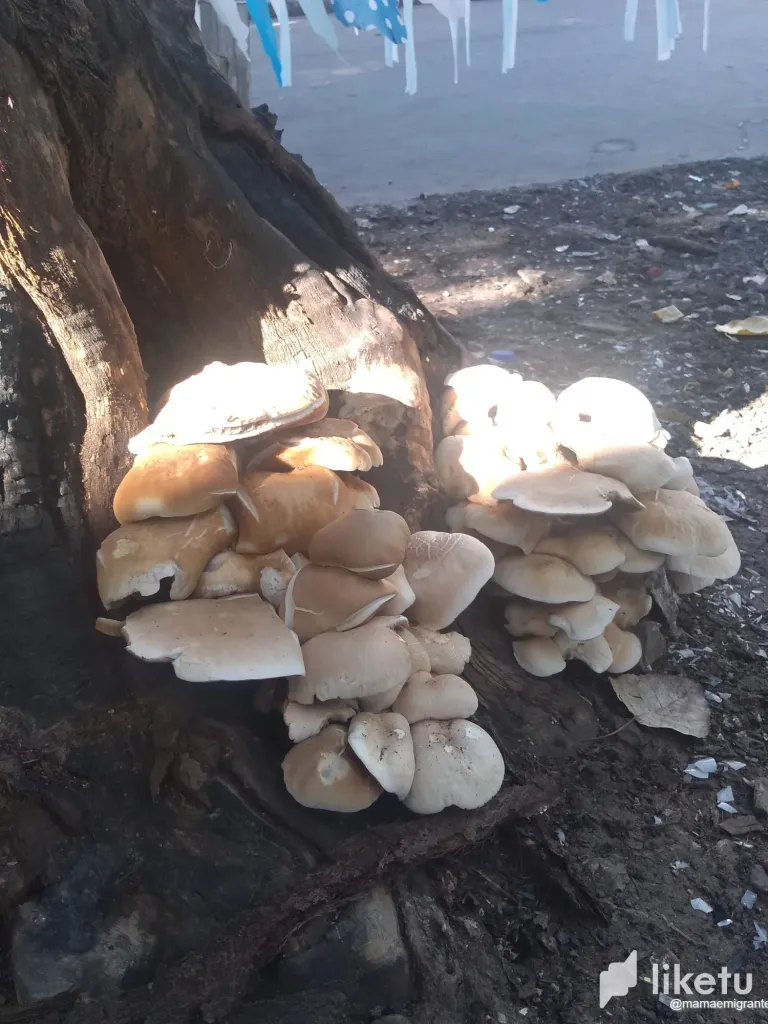
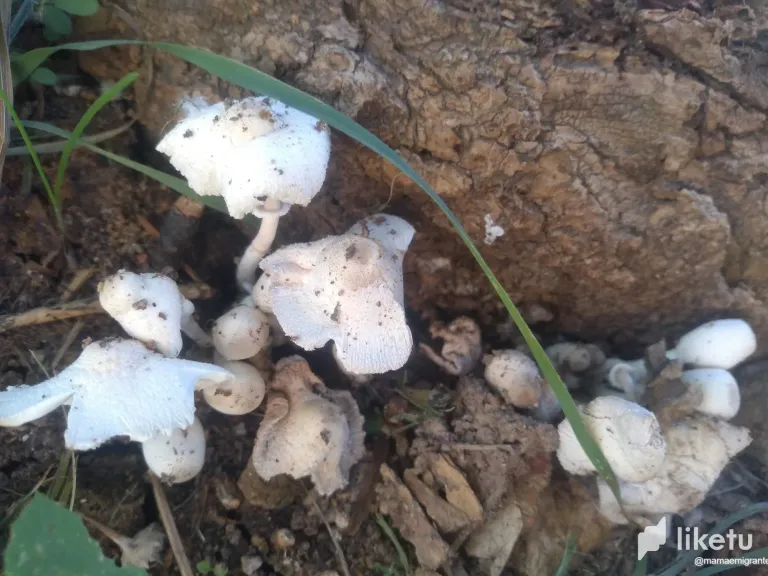
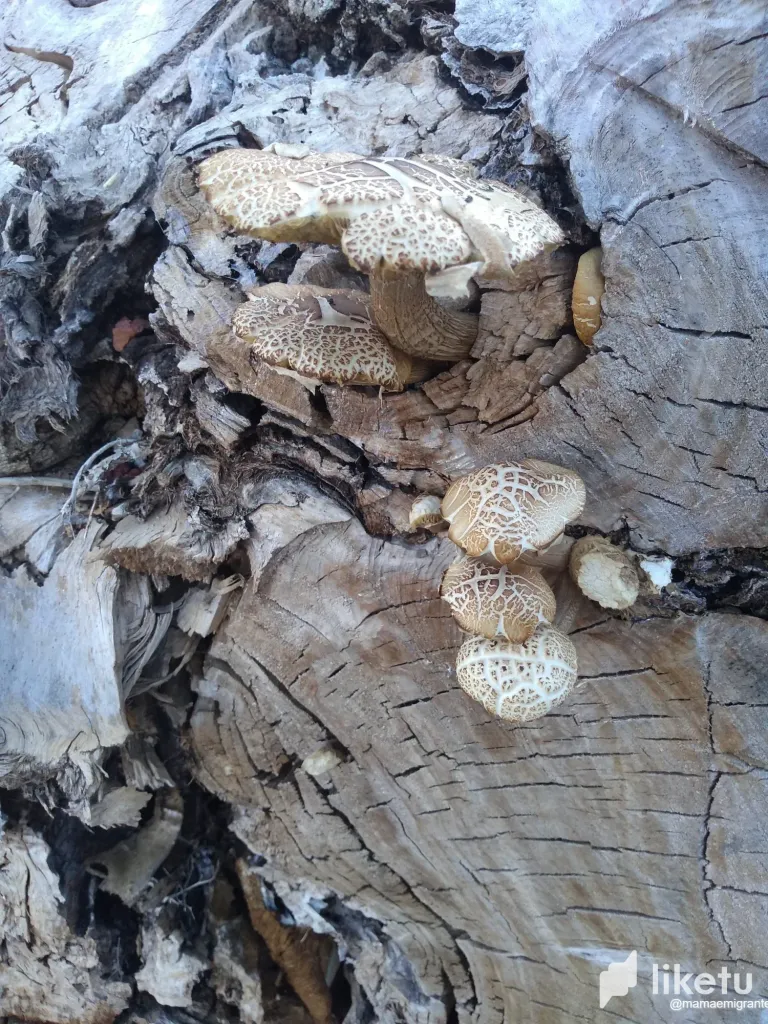
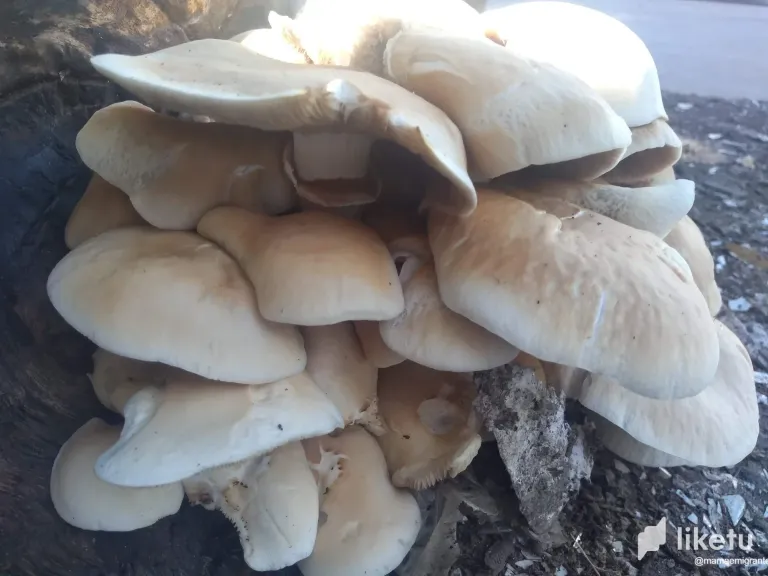
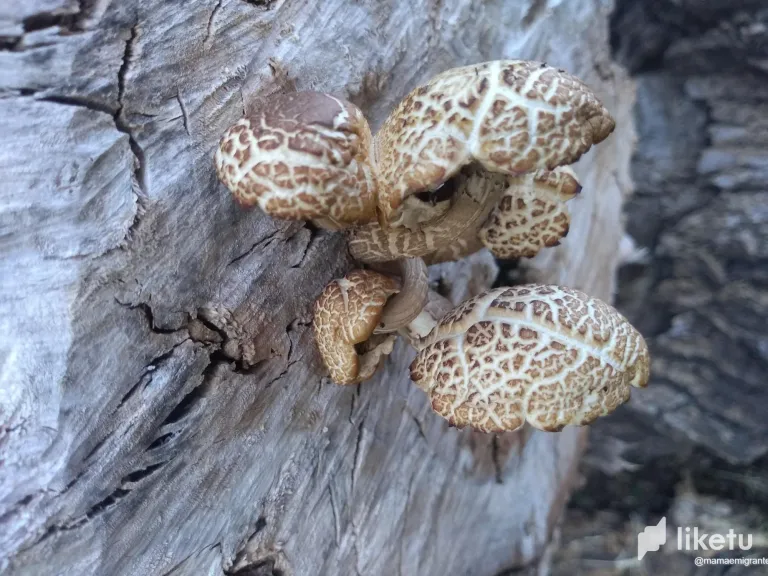
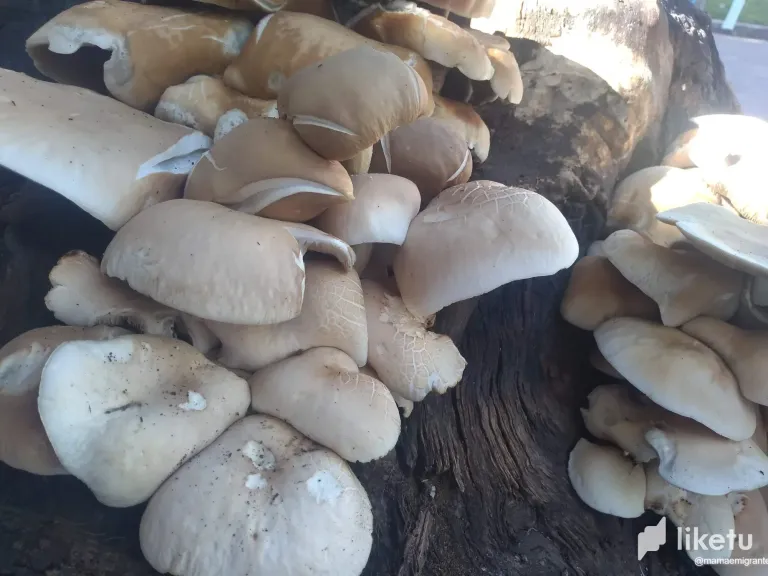
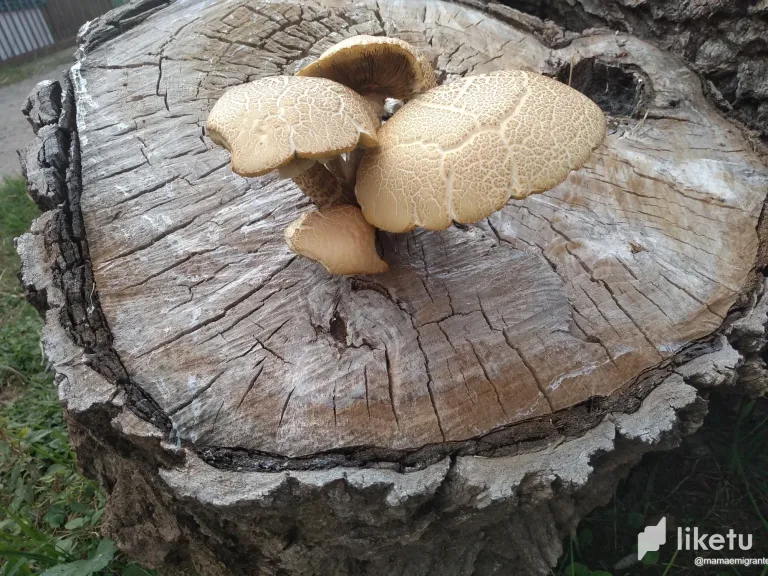
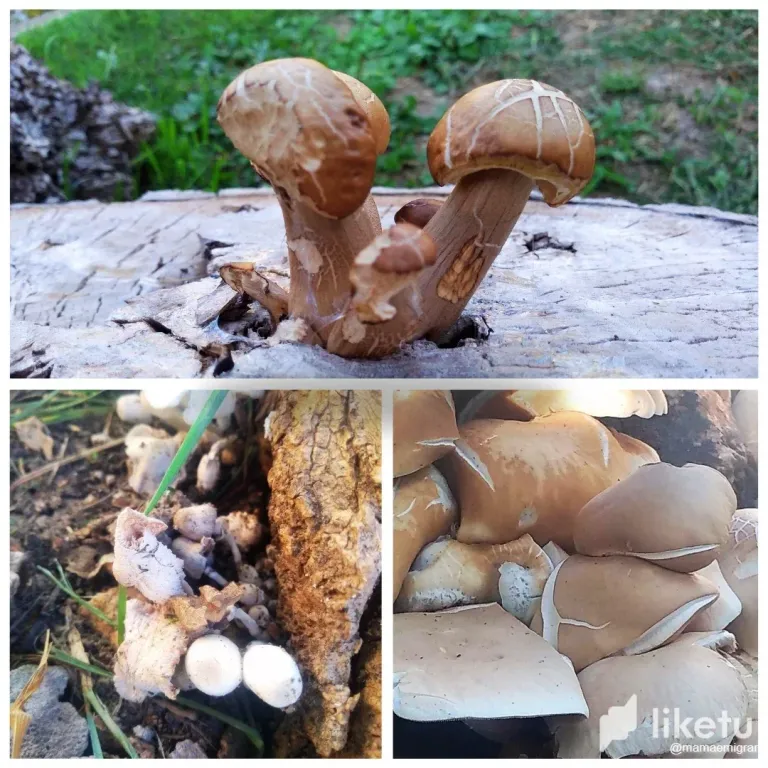
Hace un par de semanas atrás, una fuerte tormenta azotó Buenos Aires, la capital del Argentina. Y más allá de las graves consecuencias en las diferentes zonas, una de las consecuencias de todo este temporal, fue la aparición de muchas especies de hongos en diferentes zonas.
Por lo general, cuando llueve, se suelen ver caracoles deambular por las veredas, y hasta los sapos y ranas salen a celebrar, pero en este caso, la naturaleza nos regaló estas hermosas especies, que no sé si resulten venenosas o no, pero igual solo me arriesgué a fotografiarlas para quedarme con este extraño recuerdo de estas fuertes lluvias.
Una de las lindas cosas que he visto de este fenómeno, ha sido el hecho de darle vida después de la vida al tronco que fue talado hace ya casi un año, y del que todavía sus partes quedan en el mismo lugar, por ser tan pesadas.
Esto me demuestra que después de la muerte, siempre habrá alguna manera de seguir viviendo.

A couple of weeks ago, a strong storm hit Buenos Aires, the capital of Argentina. And beyond the serious consequences in different areas, one of the outcomes of this storm was the appearance of many species of fungi in different areas.
Usually, when it rains, snails are seen wandering on the sidewalks, and even toads and frogs come out to celebrate, but in this case, nature gifted us with these beautiful species, which I'm not sure if they are poisonous or not, but still I only dared to photograph them to keep this strange memory of these heavy rains.
One of the nice things I have seen from this phenomenon has been the fact of giving life after life to the tree trunk that was cut down almost a year ago, and of which its parts still remain in the same place, because they are so heavy.
This shows me that after death, there will always be some way to continue living.
Translated and formatted with Hive Translator by @noakmilo.
For the best experience view this post on Liketu



